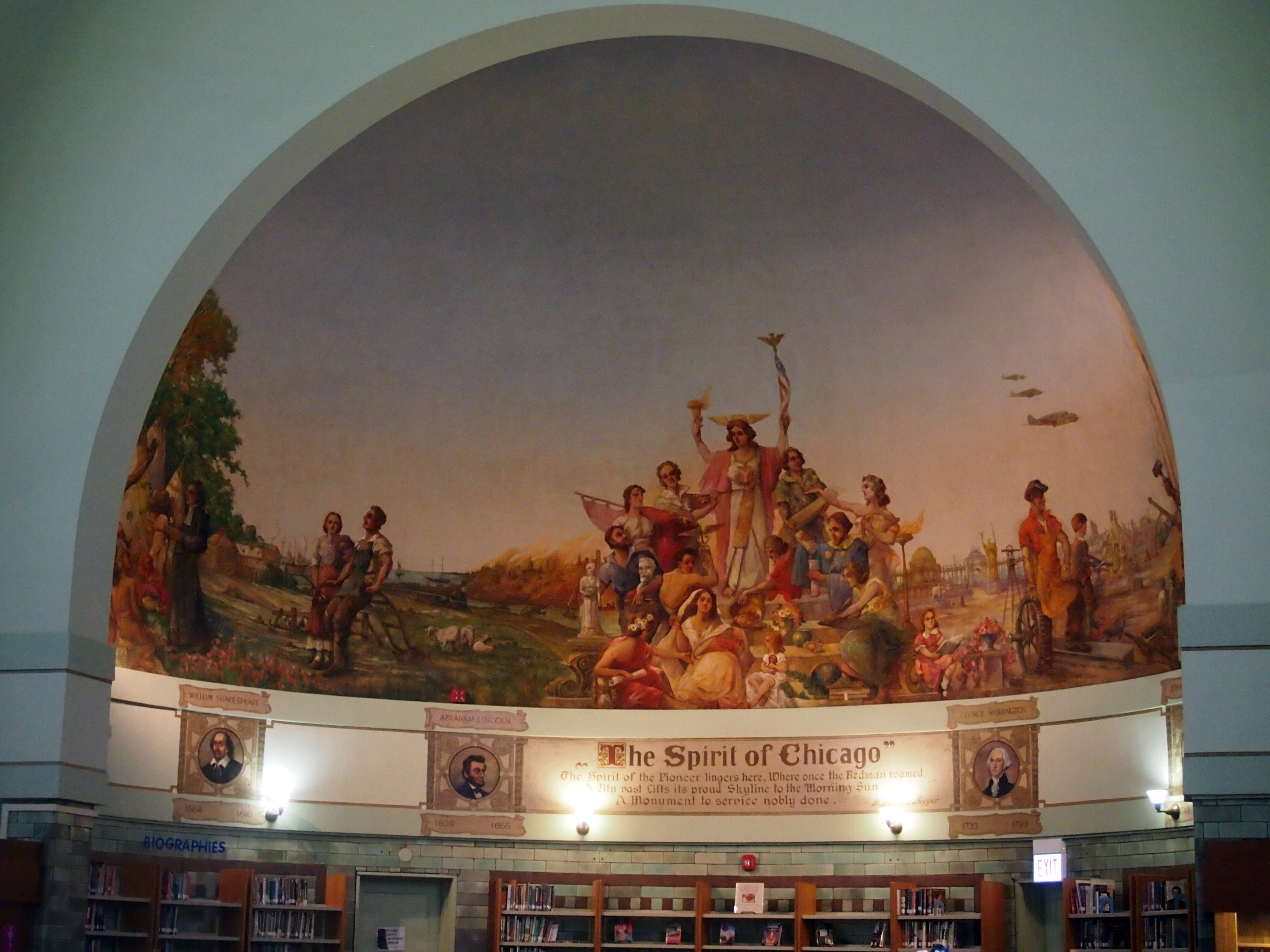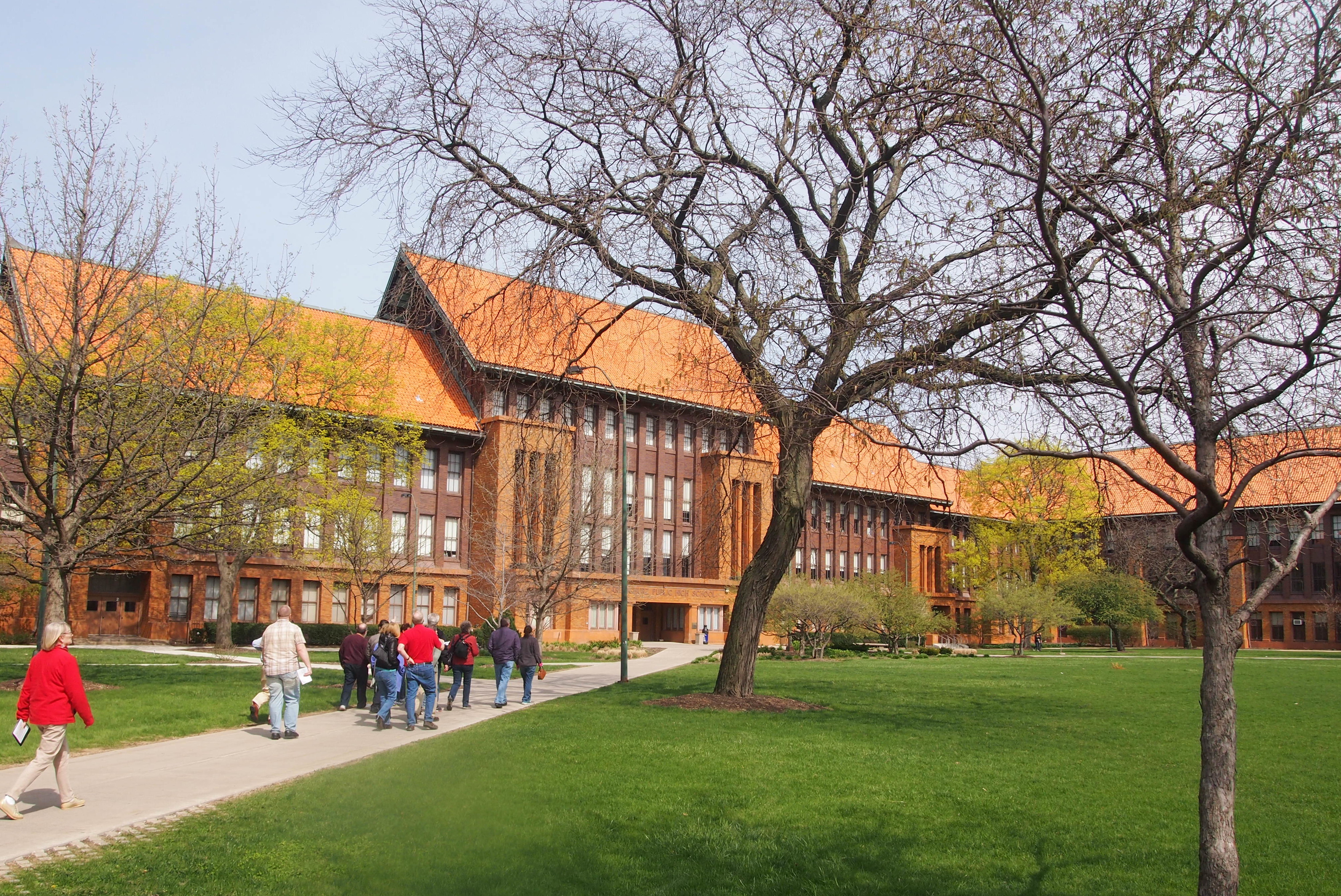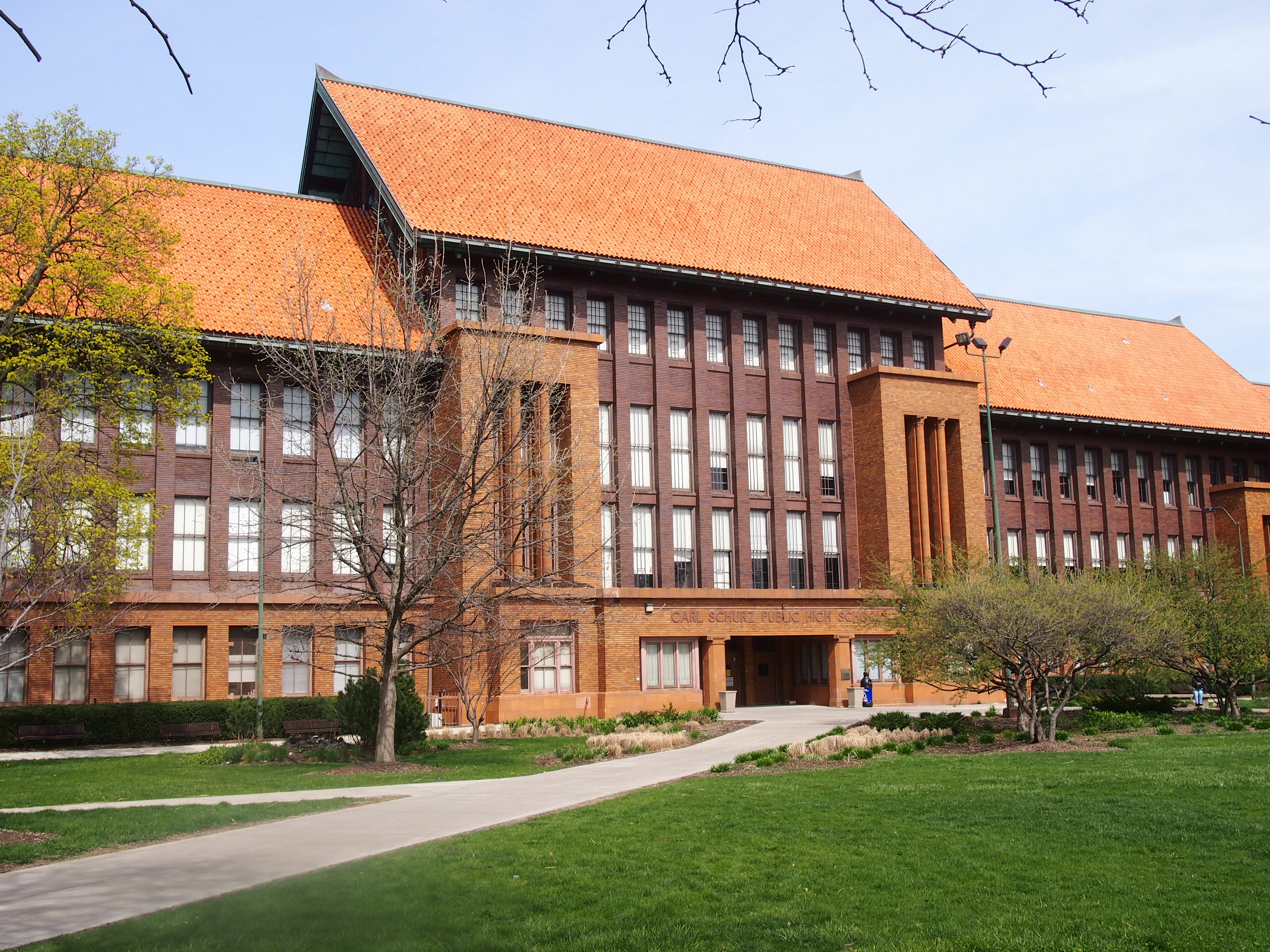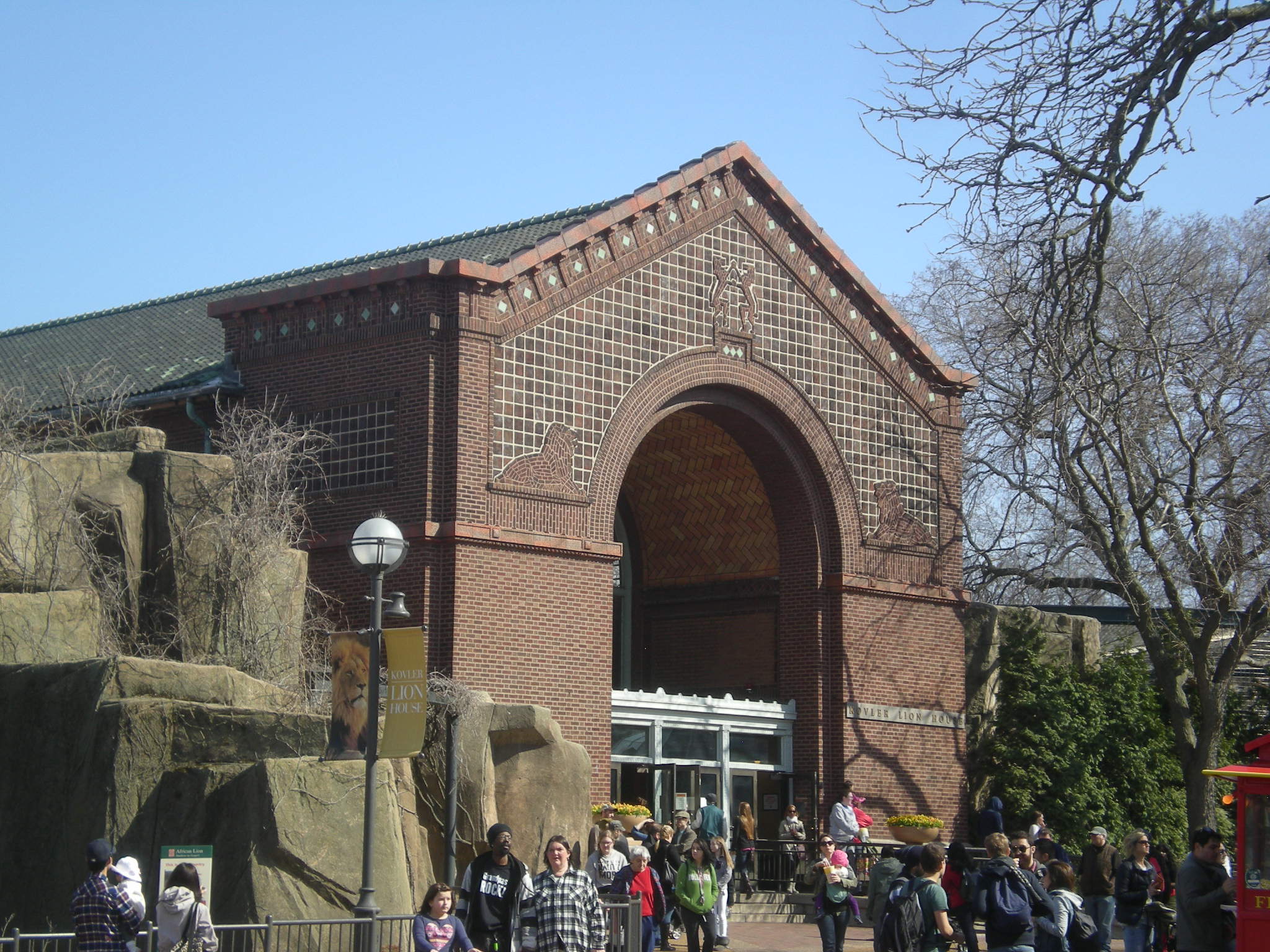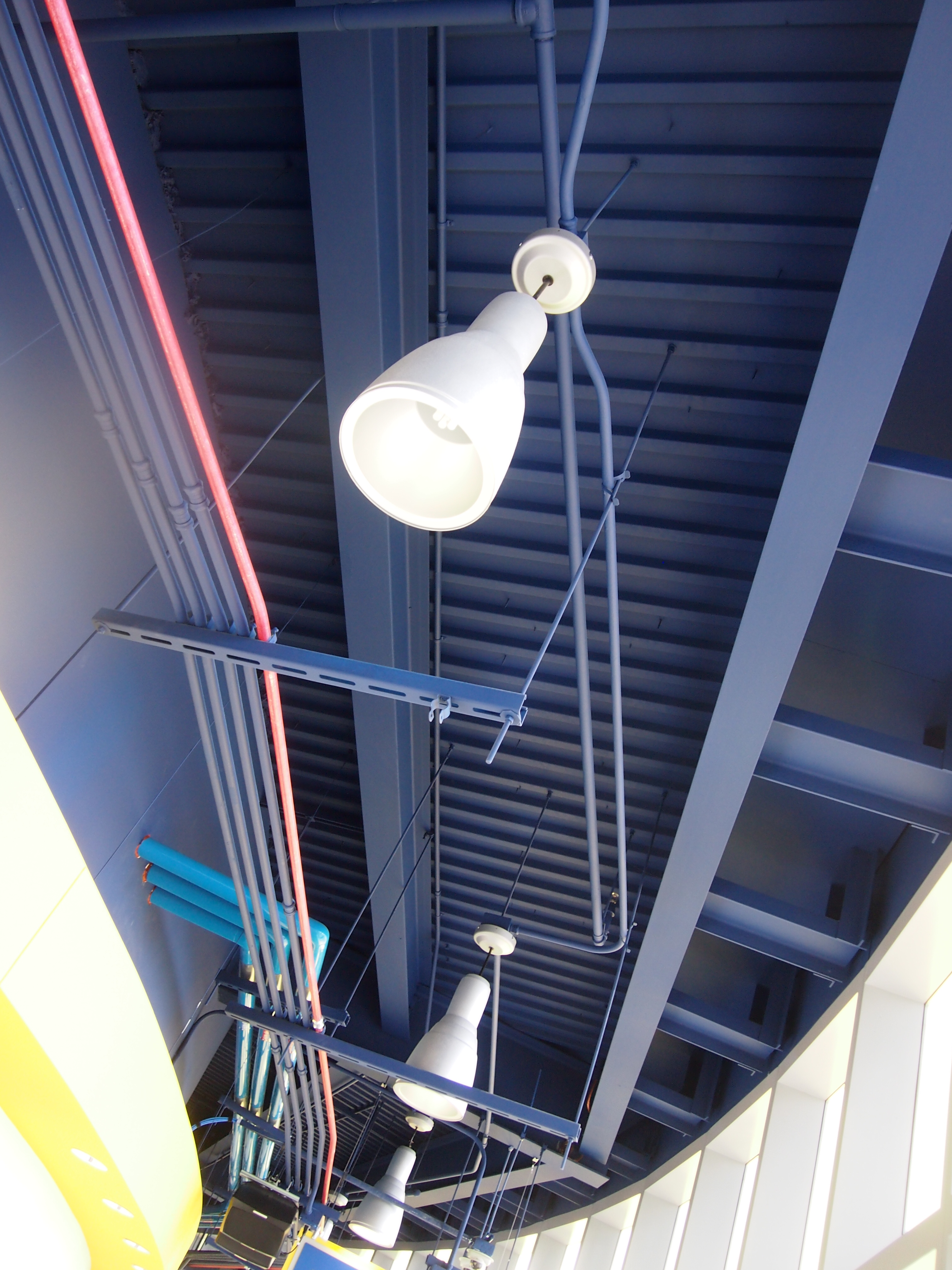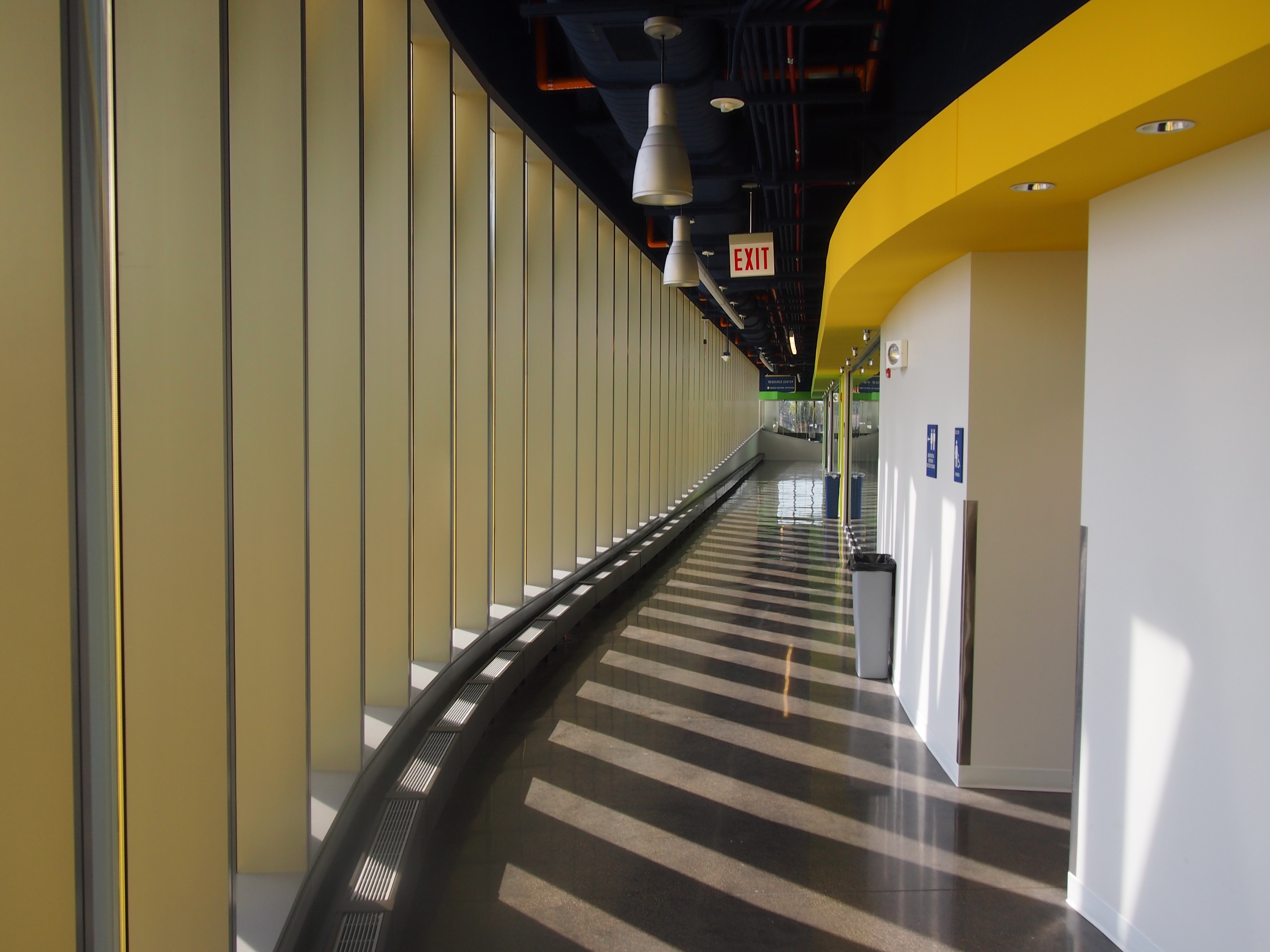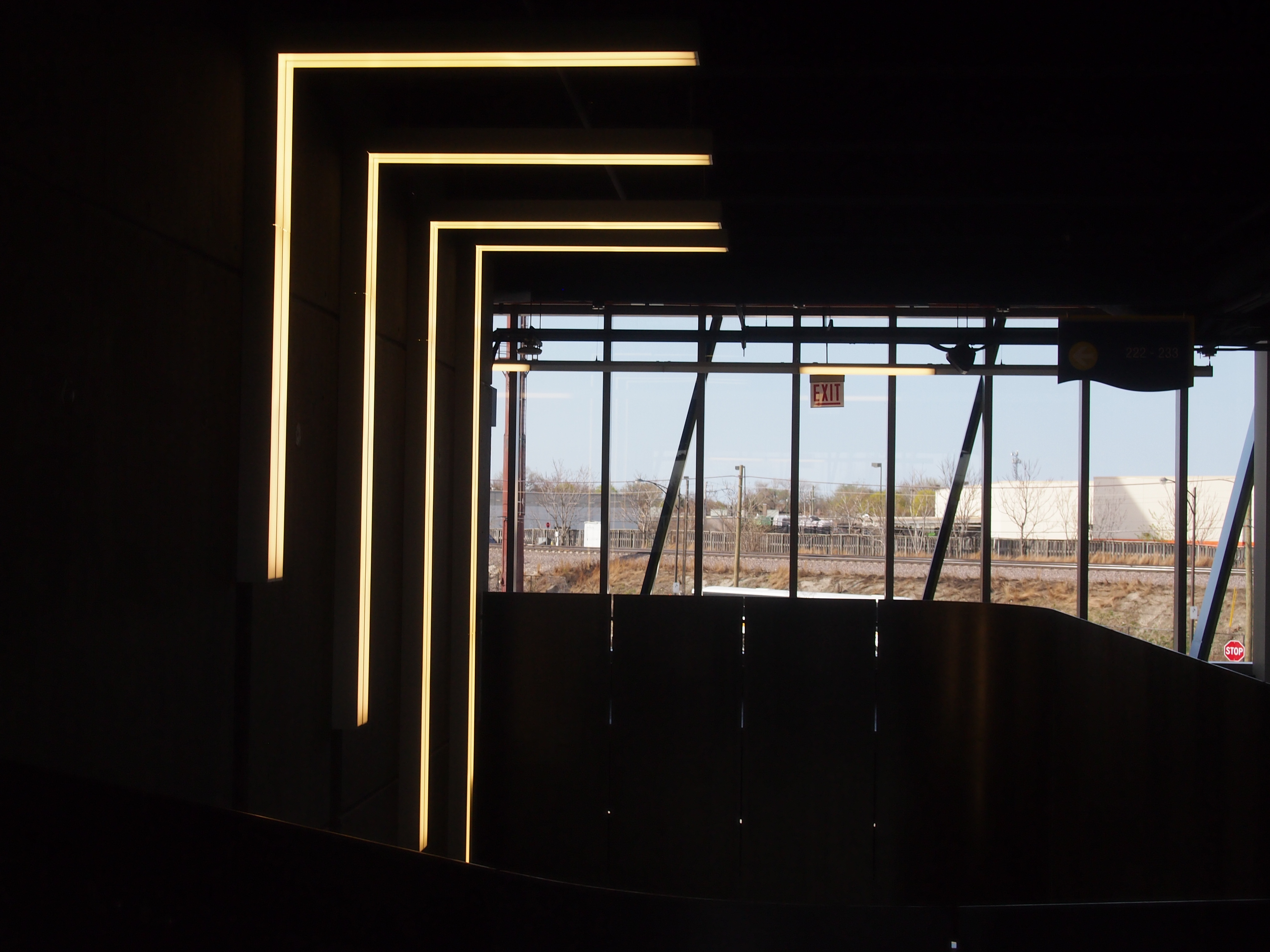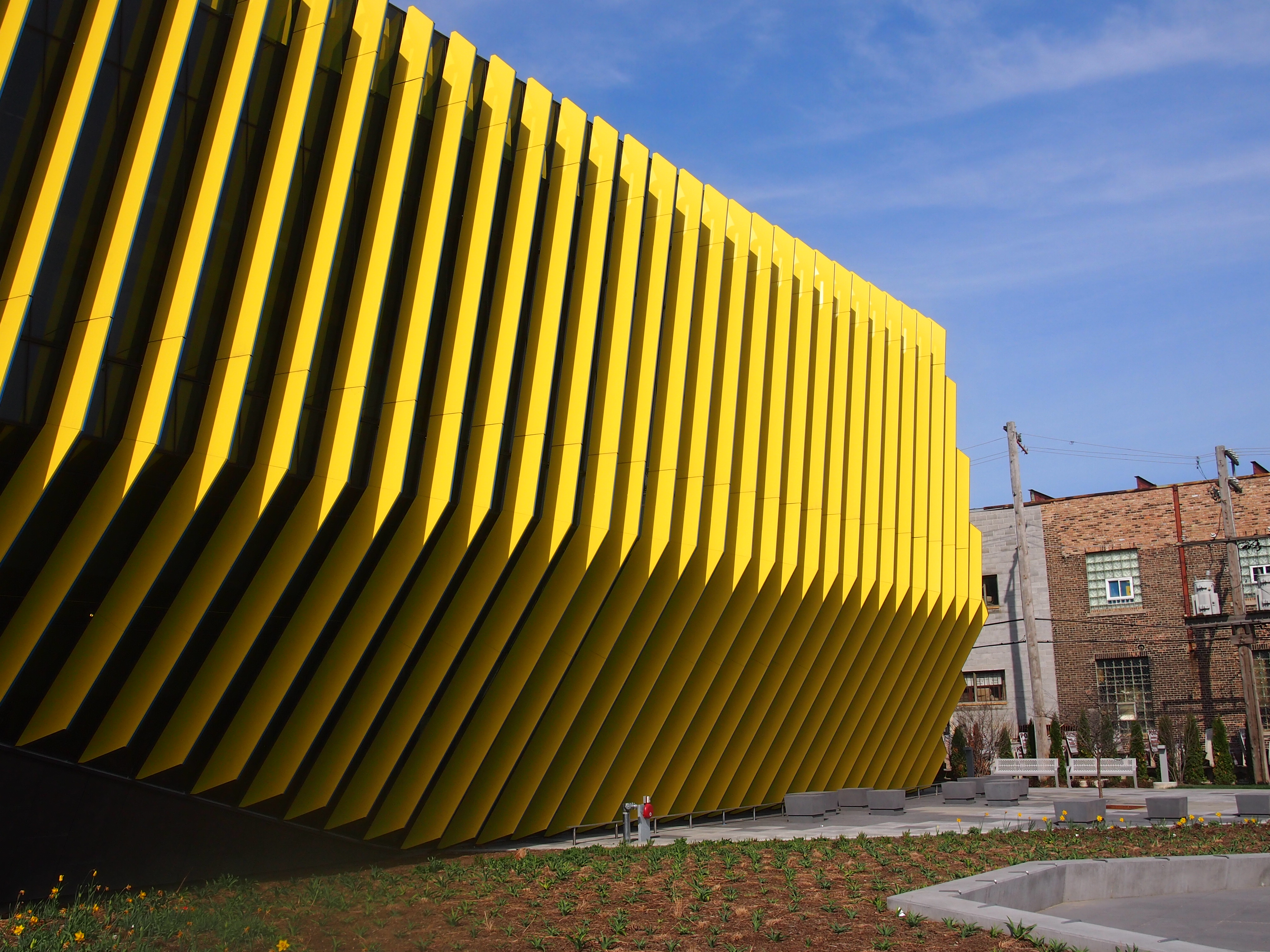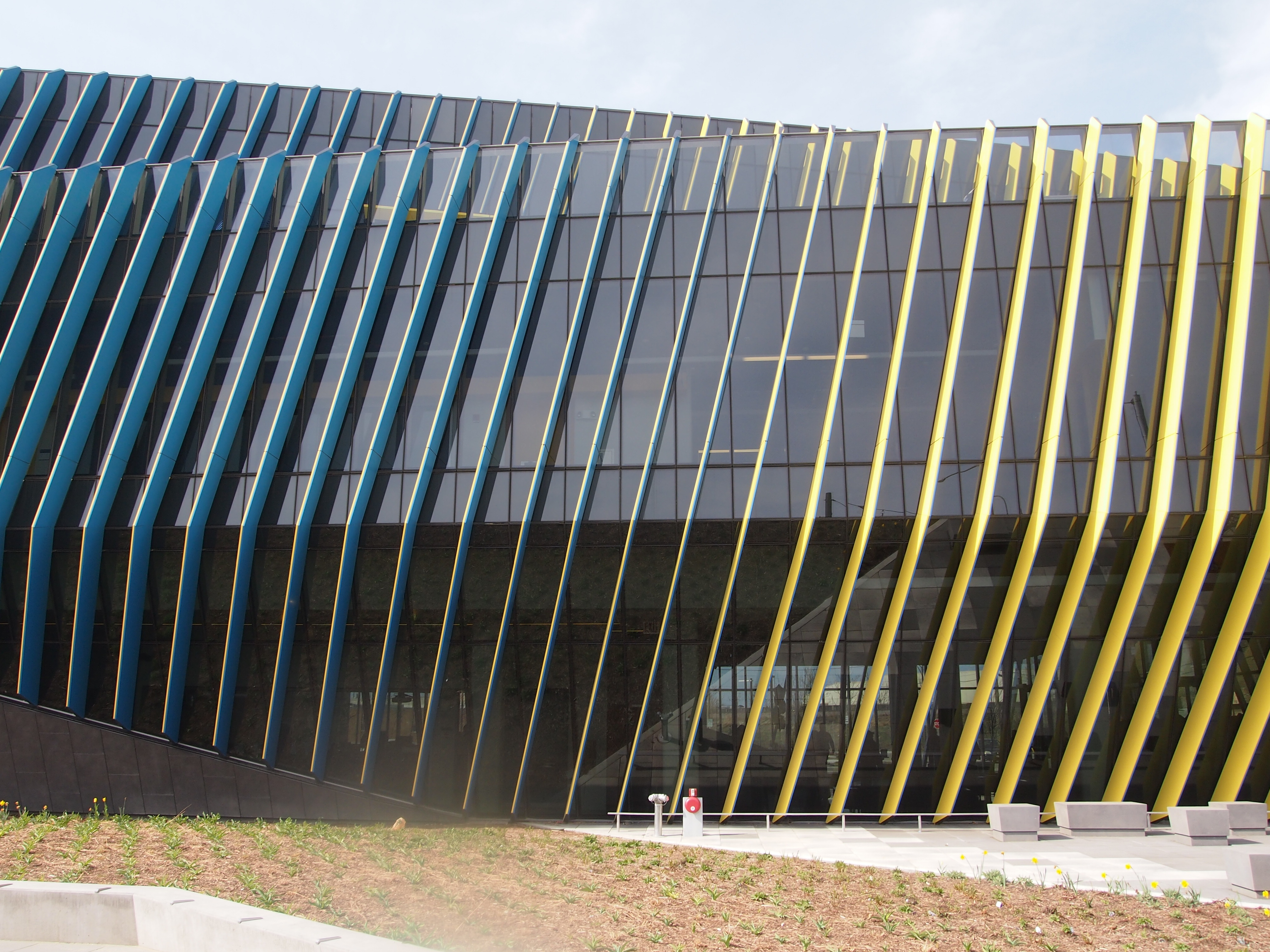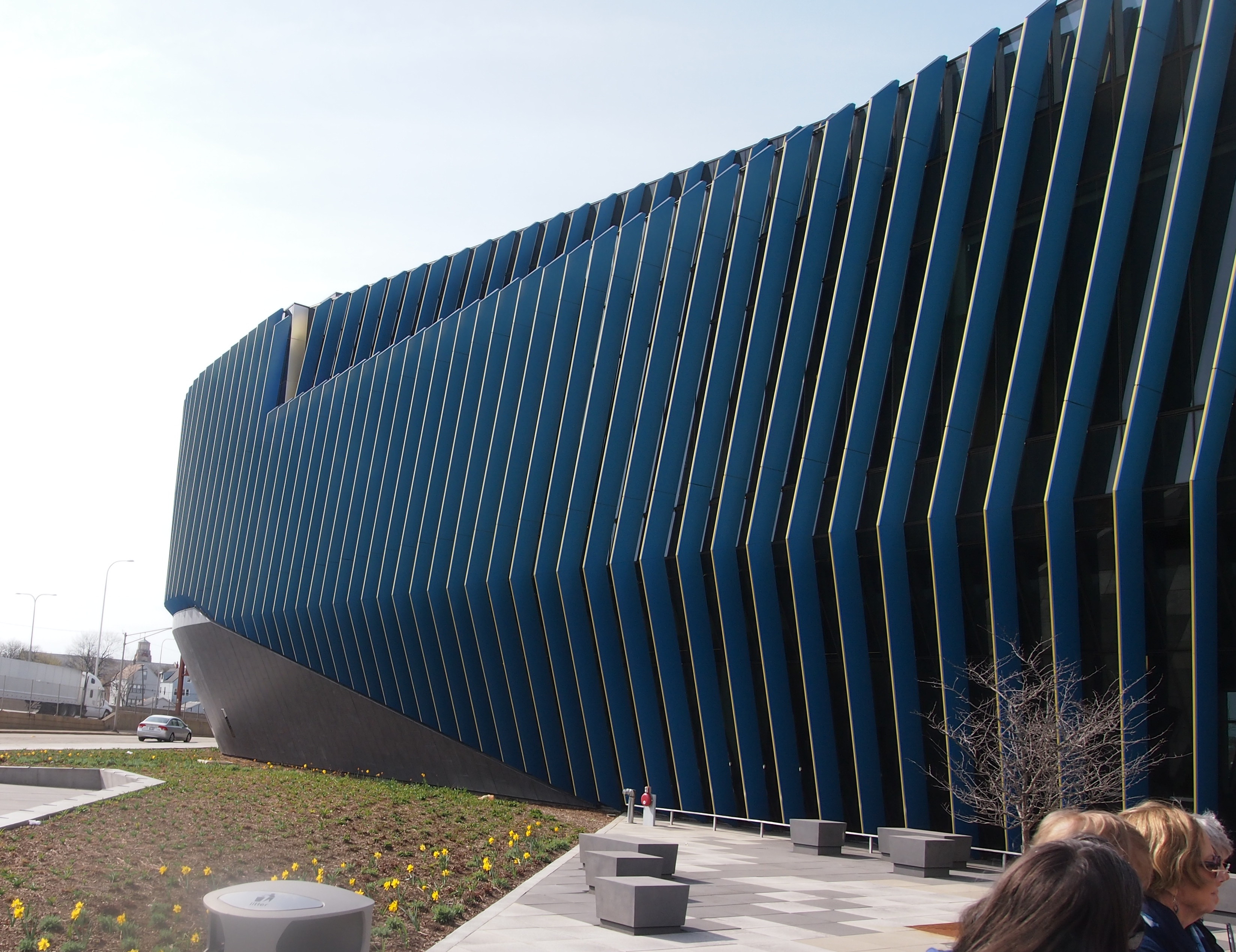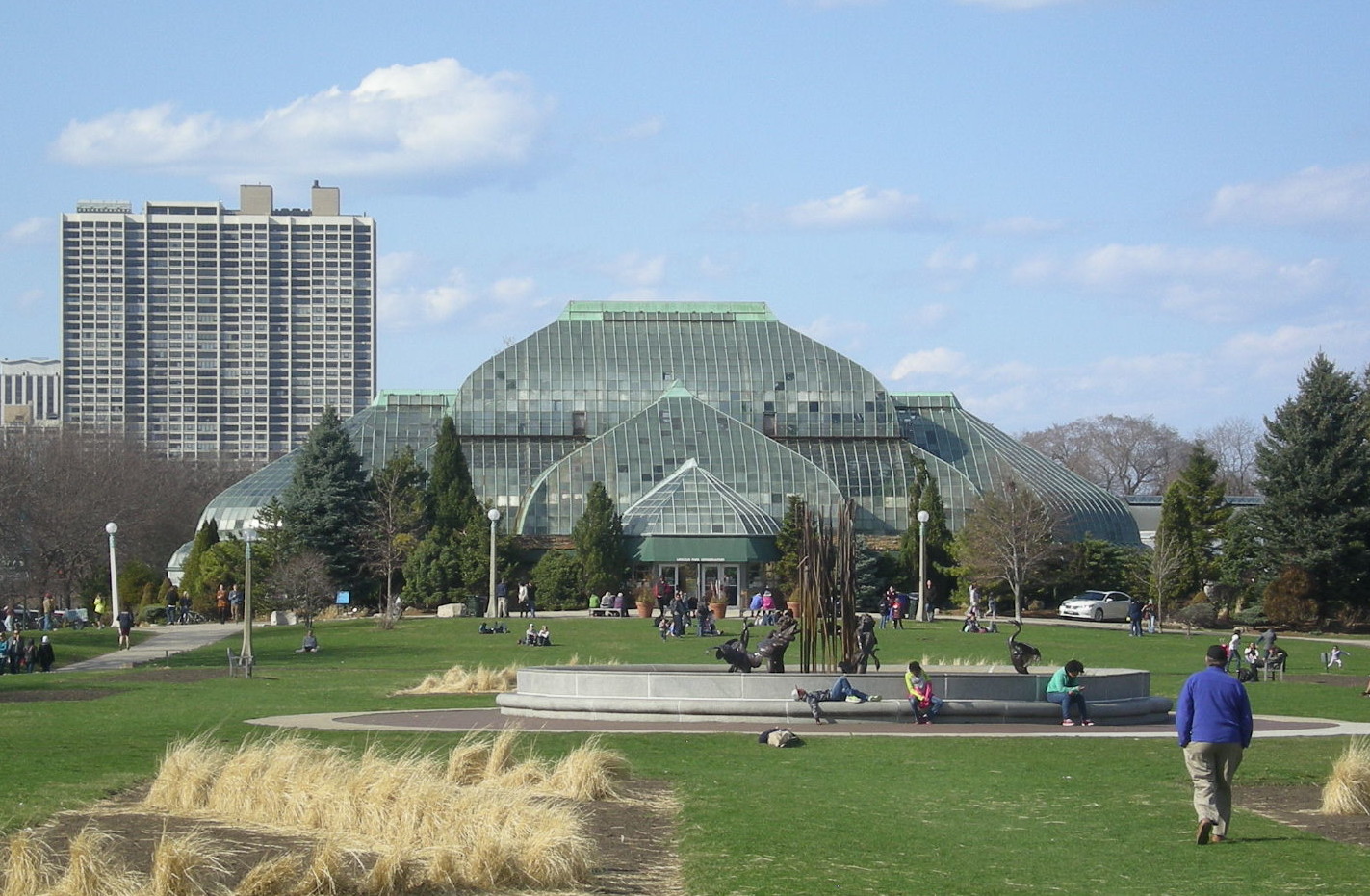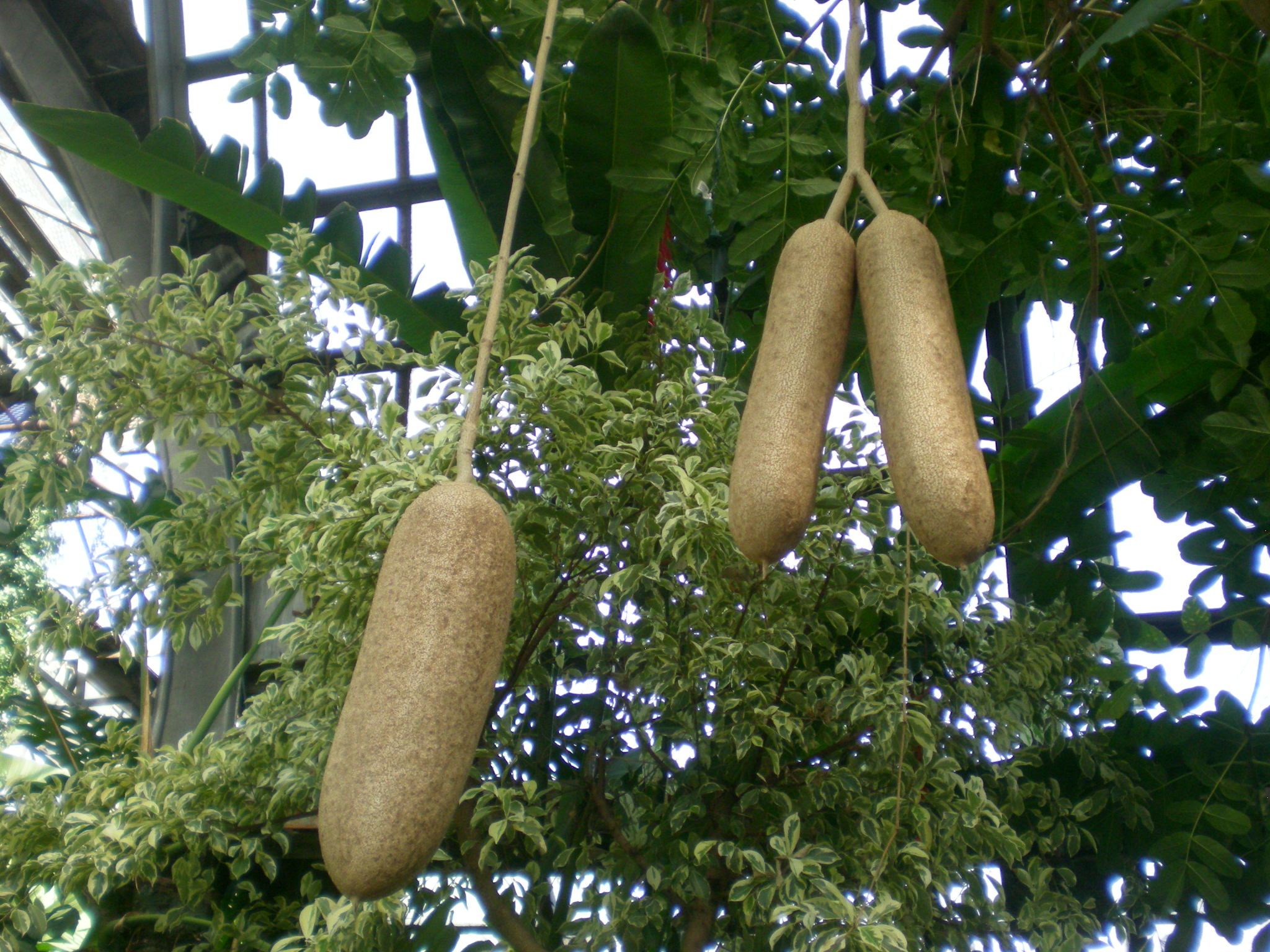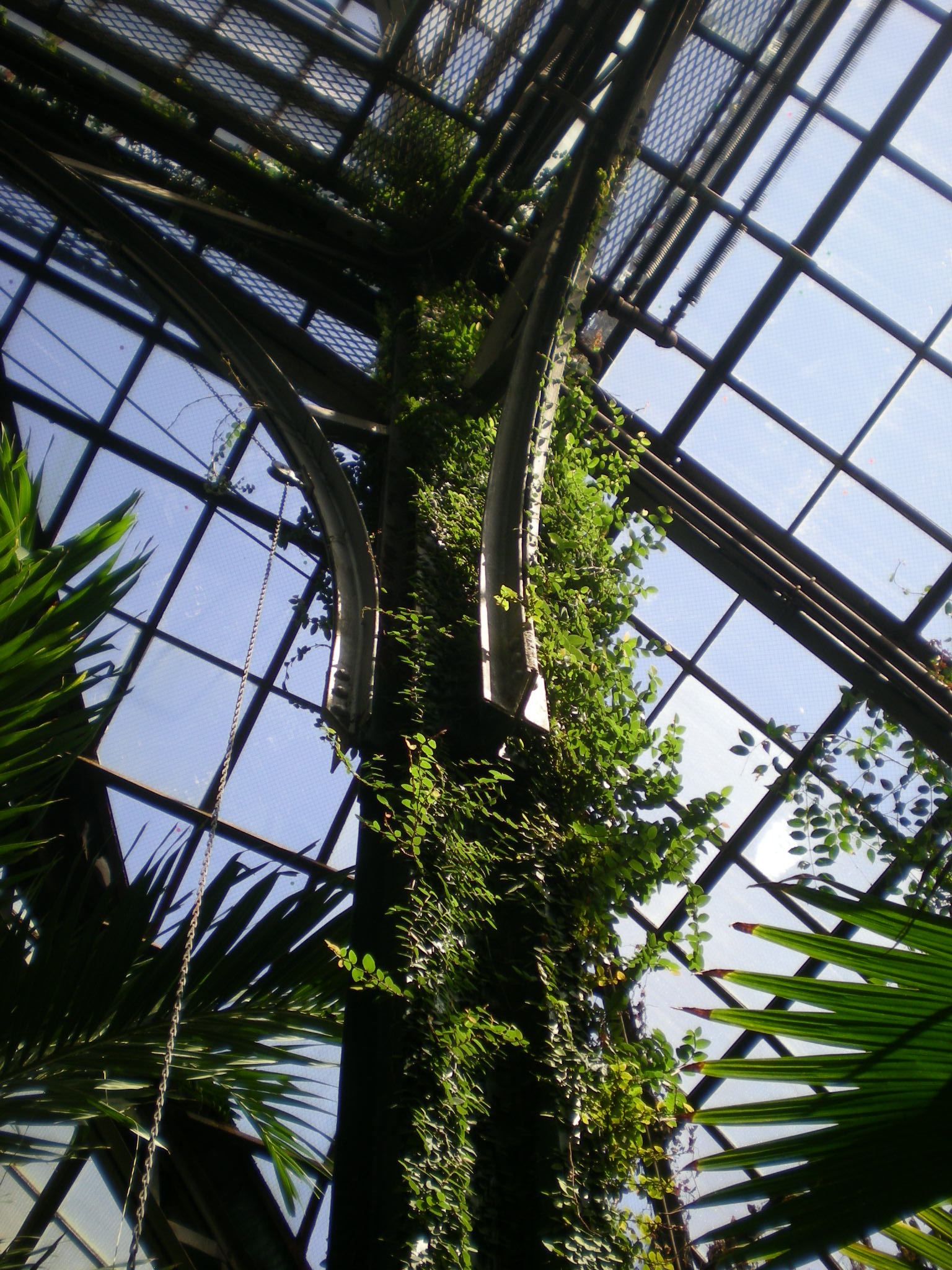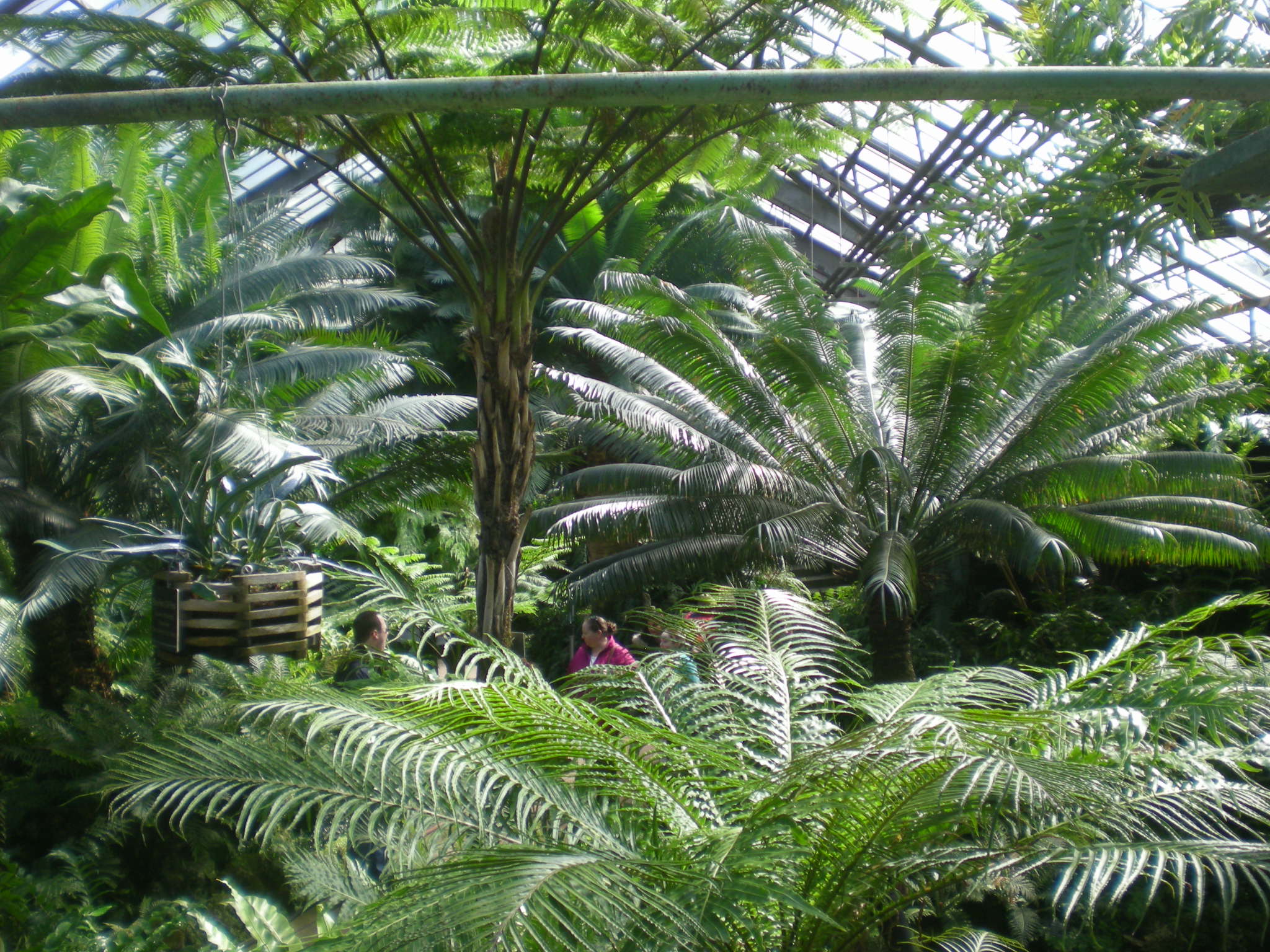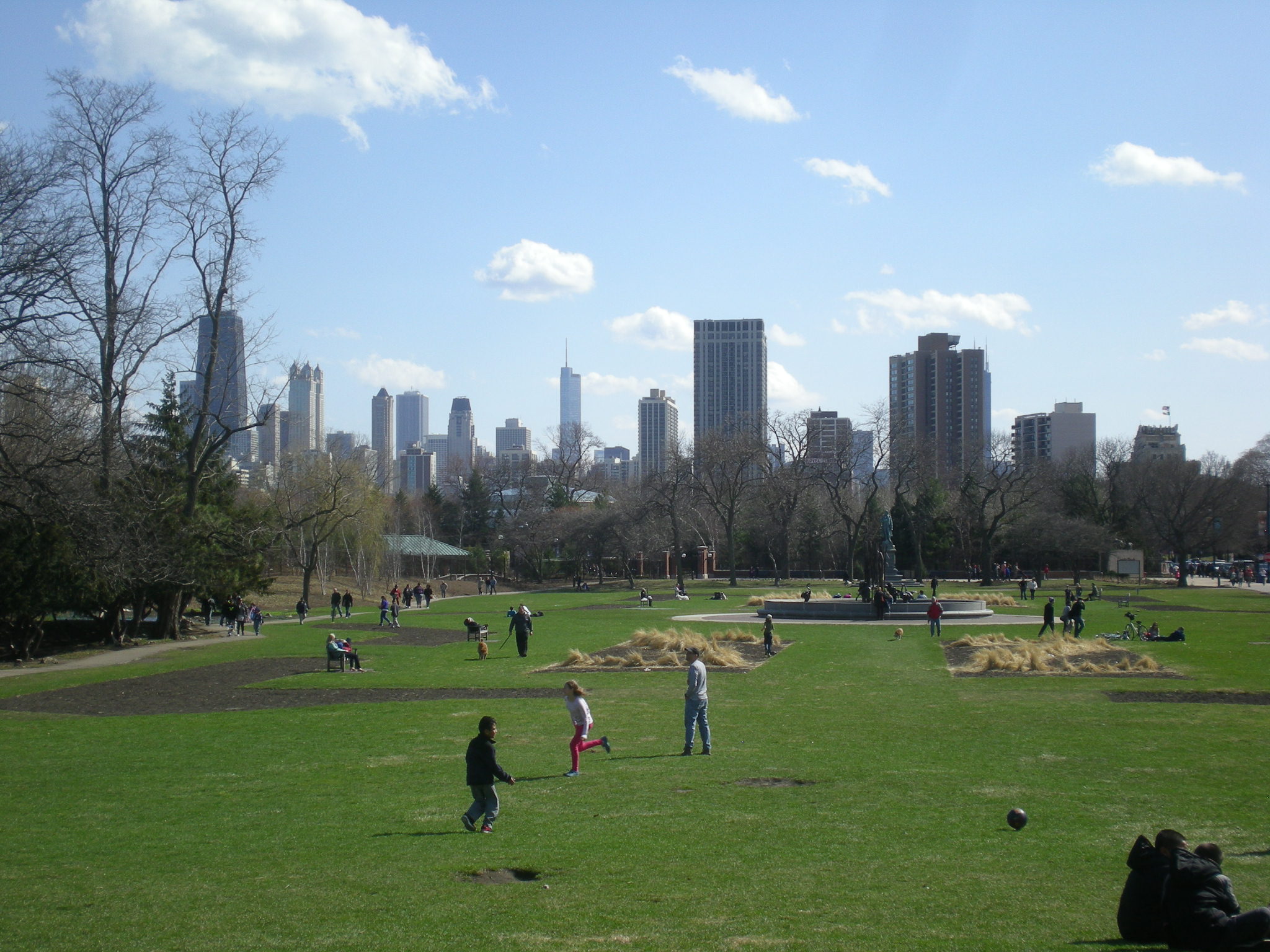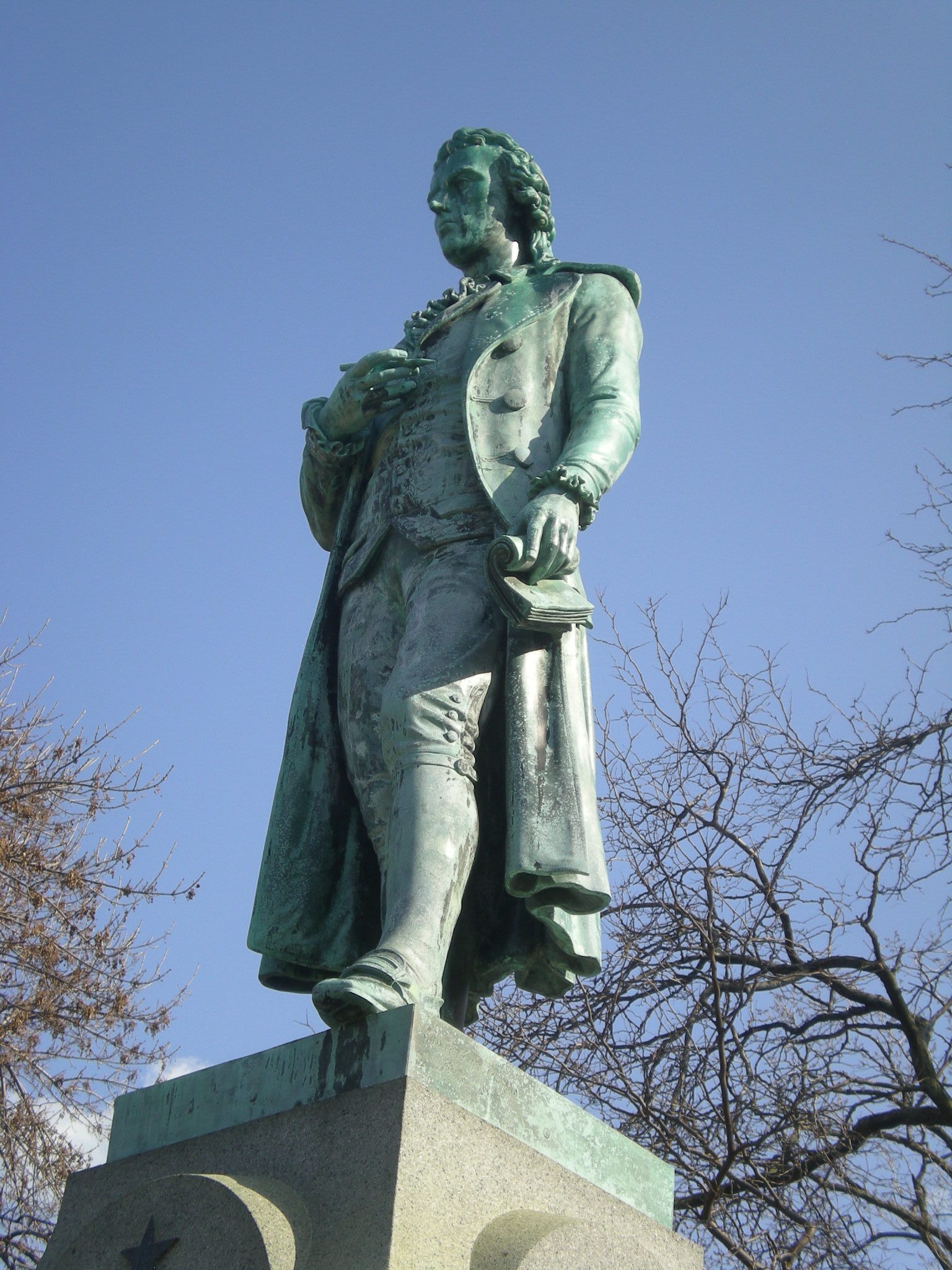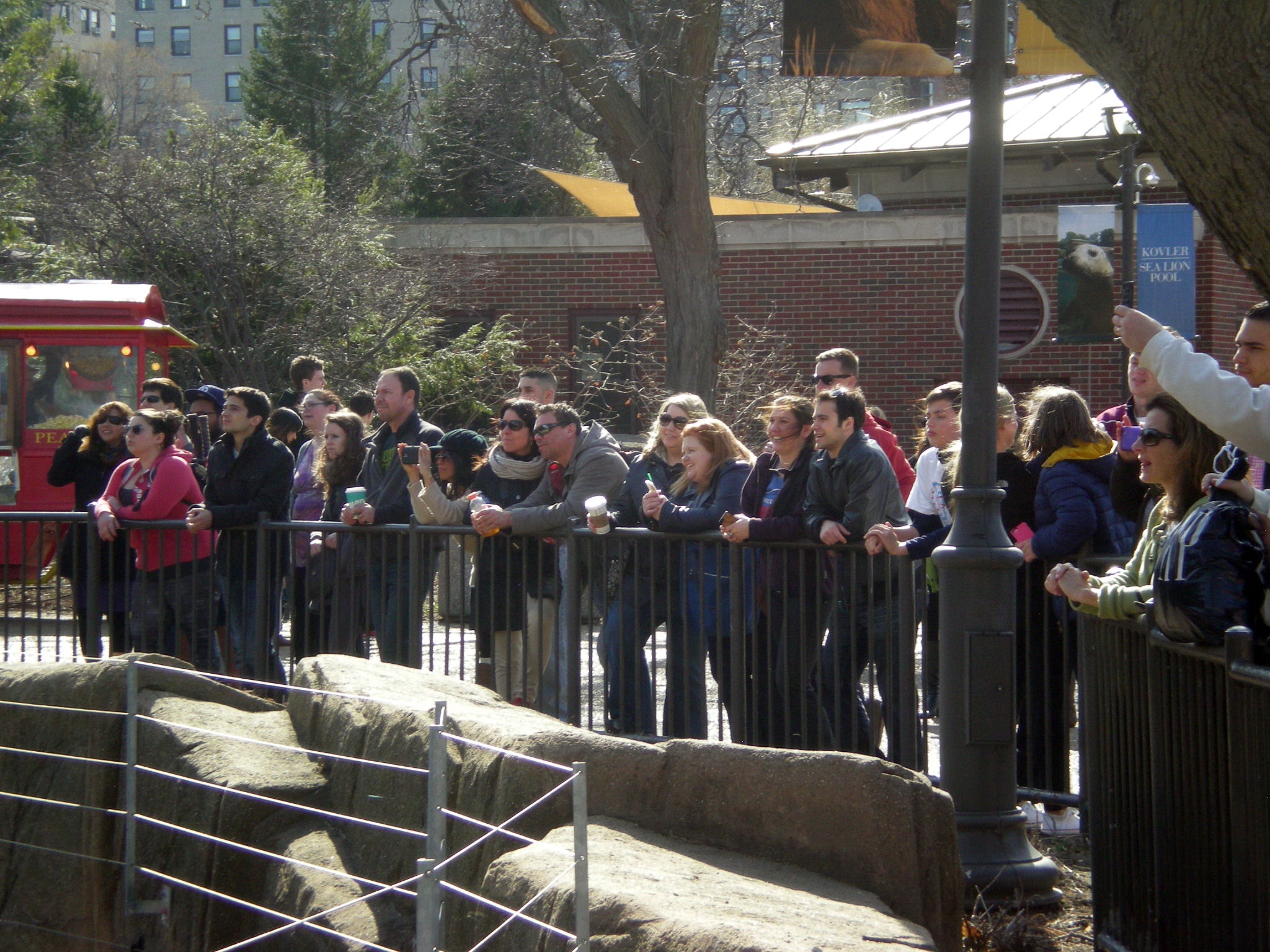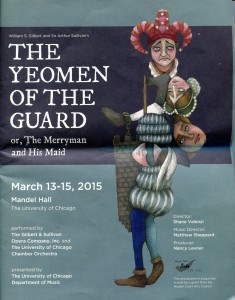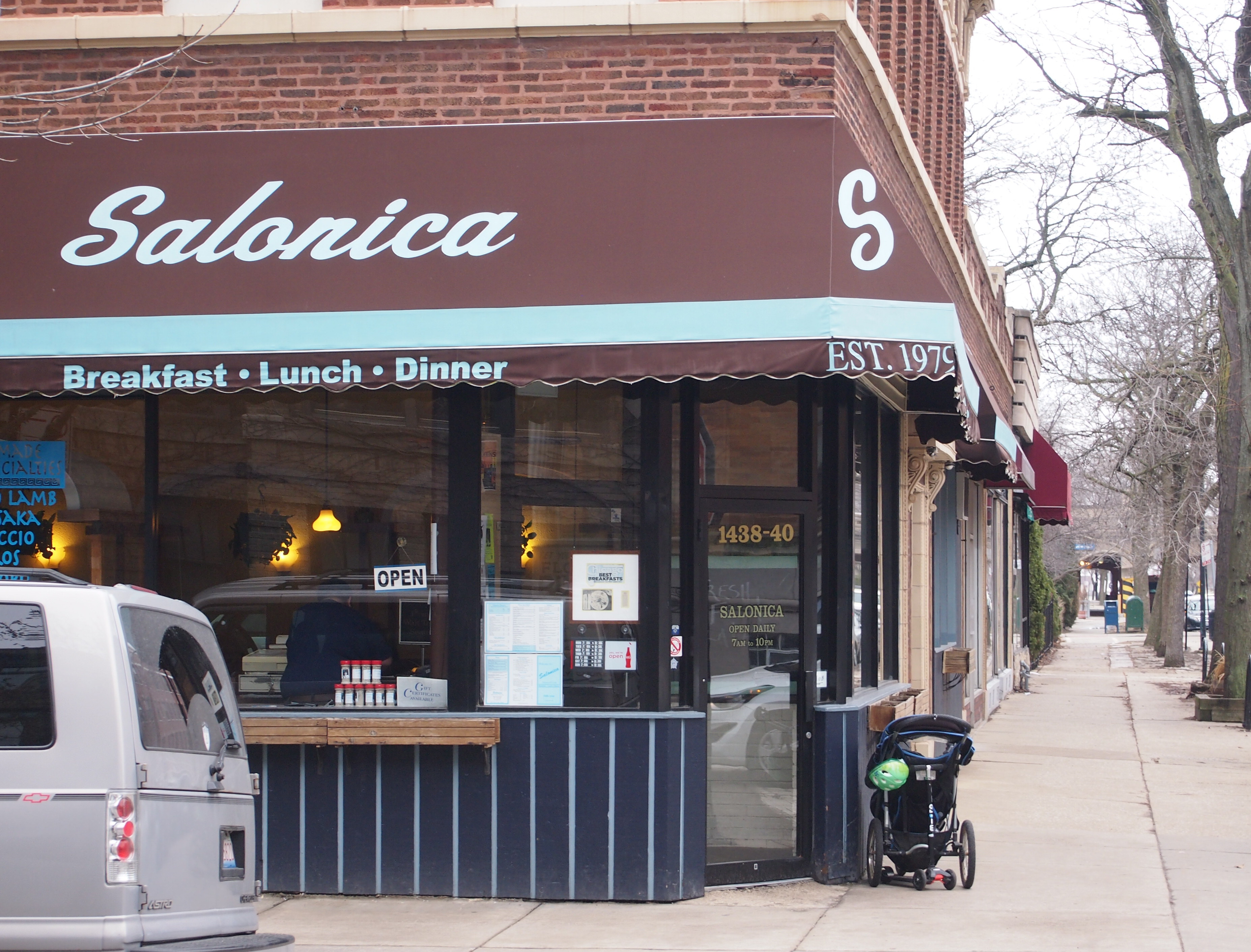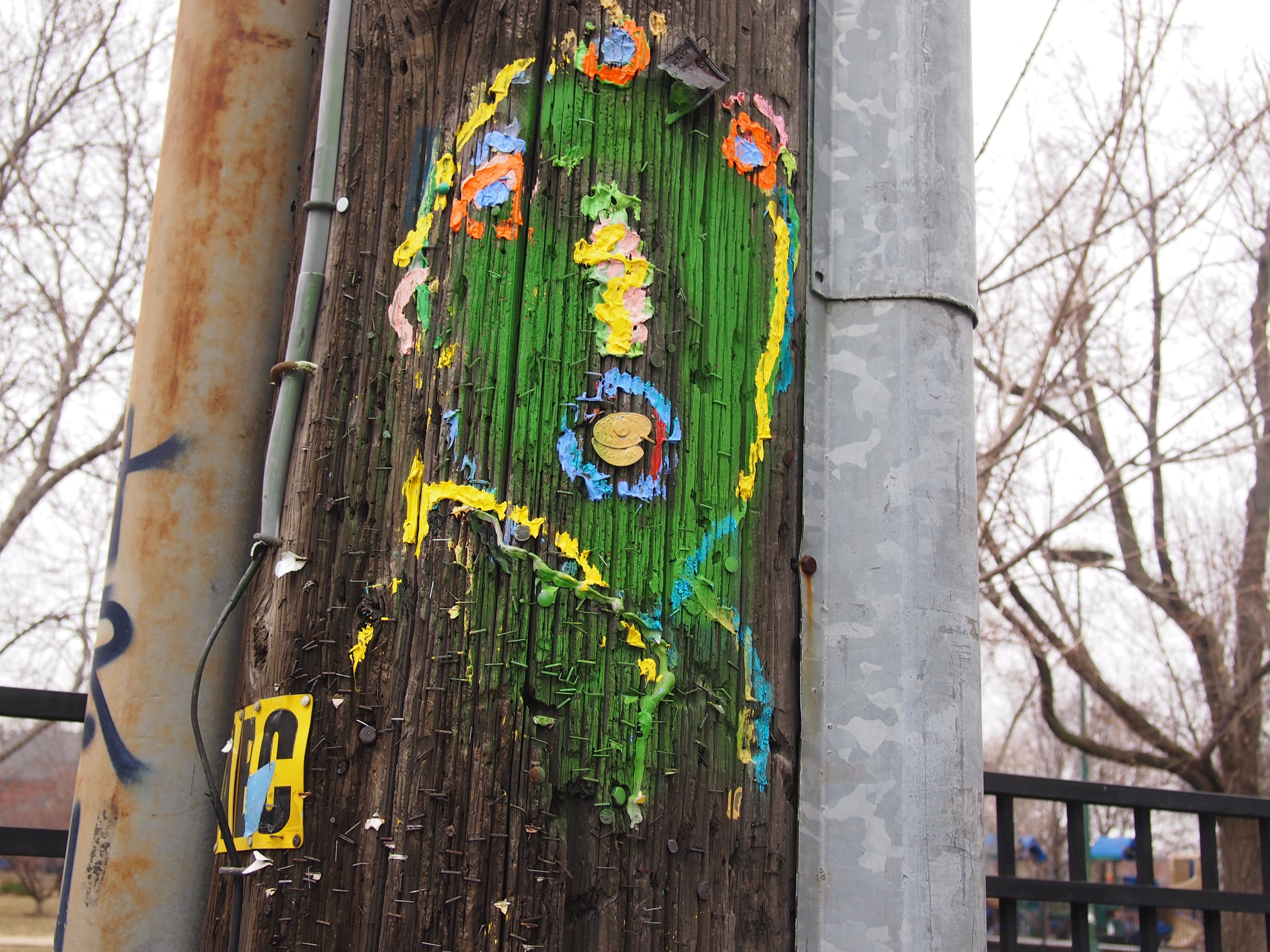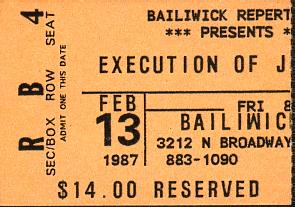Saturday is Anzac Day, and not just any anniversary, but the centennial of the landing at Anzac Cove. Here’s a remarkable collection of images from last year’s commemorations (published by a British tabloid, no less).
Speaking of anniversaries, I’d never heard of this disaster until today, the 75th anniversary of the Rhythm Club Fire in Natchez, Miss.
Last Saturday our tour took us inside Carl Schurz High School, which is on the Northwest Side of Chicago. Its library has something few other school libraries can claim: a domed ceiling and murals by Gustave Brand. The murals were painted in the late 1930s by Brand, a German immigrant who was then pushing 80, so he had some help by former Schurz students. Brand had originally been sent to Chicago by the German government to paint murals in that country’s pavilion at the 1893 Columbian Exposition, and he must have liked it here.
The works were restored in the late 1990s. At the back wall is a large alcove featuring “The Spirit of Chicago.” The text under the painting says: “The Spirit of the Pioneer lingers here. Where once the Redman roamed, a City vast Lifts its proud Skyline to the Morning Sun. A Monument to service nobly done.”
 Looks like a collection of allegorical figures under the protection of the Spirit of Chicago. I take that to be the City, not Columbia with her torch and flag, because of the Y on her chest, the Municipal Device of Chicago. To the left is the Fire, and to the right the ’93 world’s fair, among other things.
Looks like a collection of allegorical figures under the protection of the Spirit of Chicago. I take that to be the City, not Columbia with her torch and flag, because of the Y on her chest, the Municipal Device of Chicago. To the left is the Fire, and to the right the ’93 world’s fair, among other things.
On the ceiling, around the dome, are four more murals by Brand, who clearly had a lot of energy for an elderly man. They depict the evolution of the written word, fancifully done, but fitting enough for a library.
Here are Stone Age men — presumably — carving in stone.
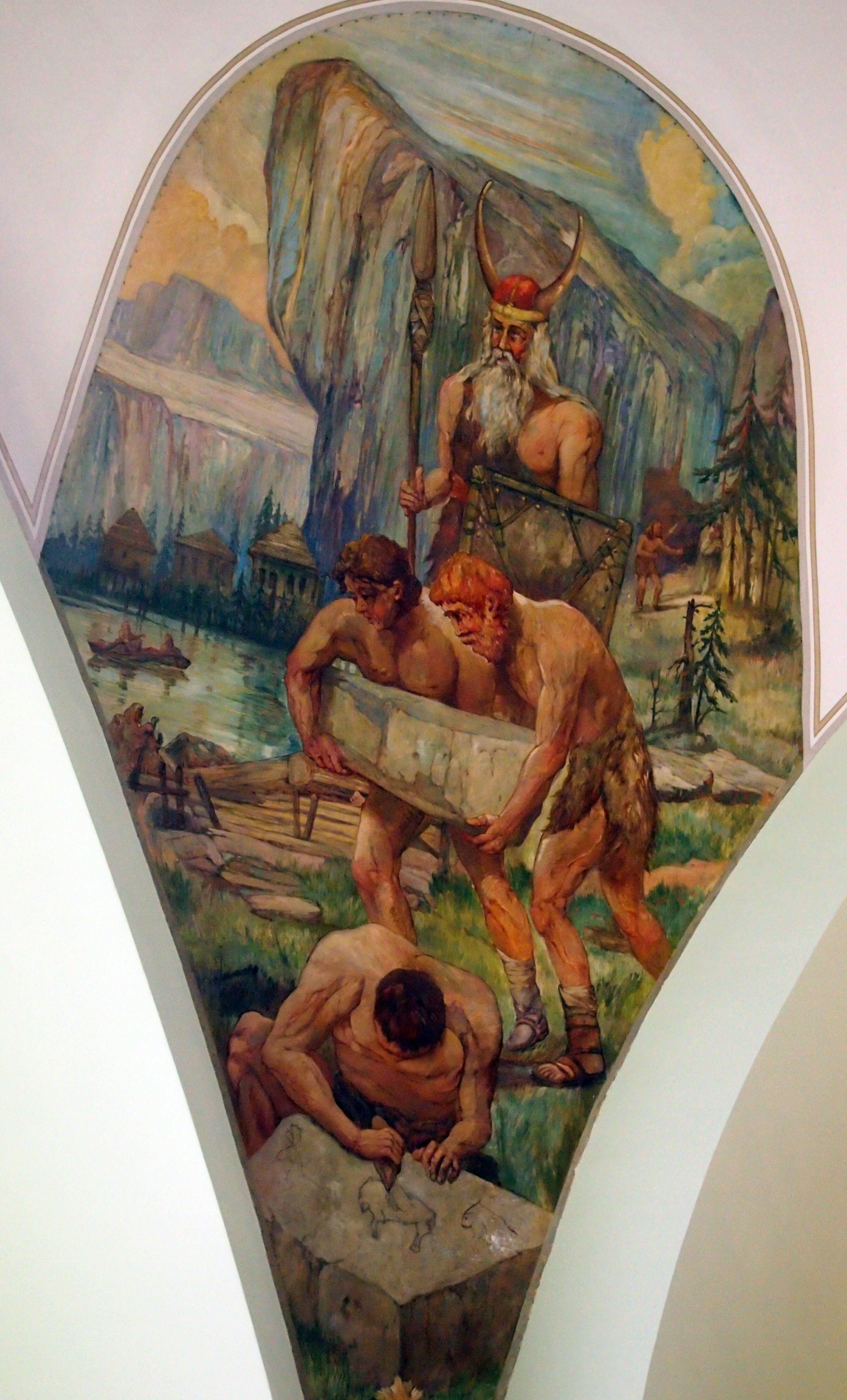 Egyptians devising their hieroglyphics. Seems like Brand had a thing for fancy headgear.
Egyptians devising their hieroglyphics. Seems like Brand had a thing for fancy headgear.
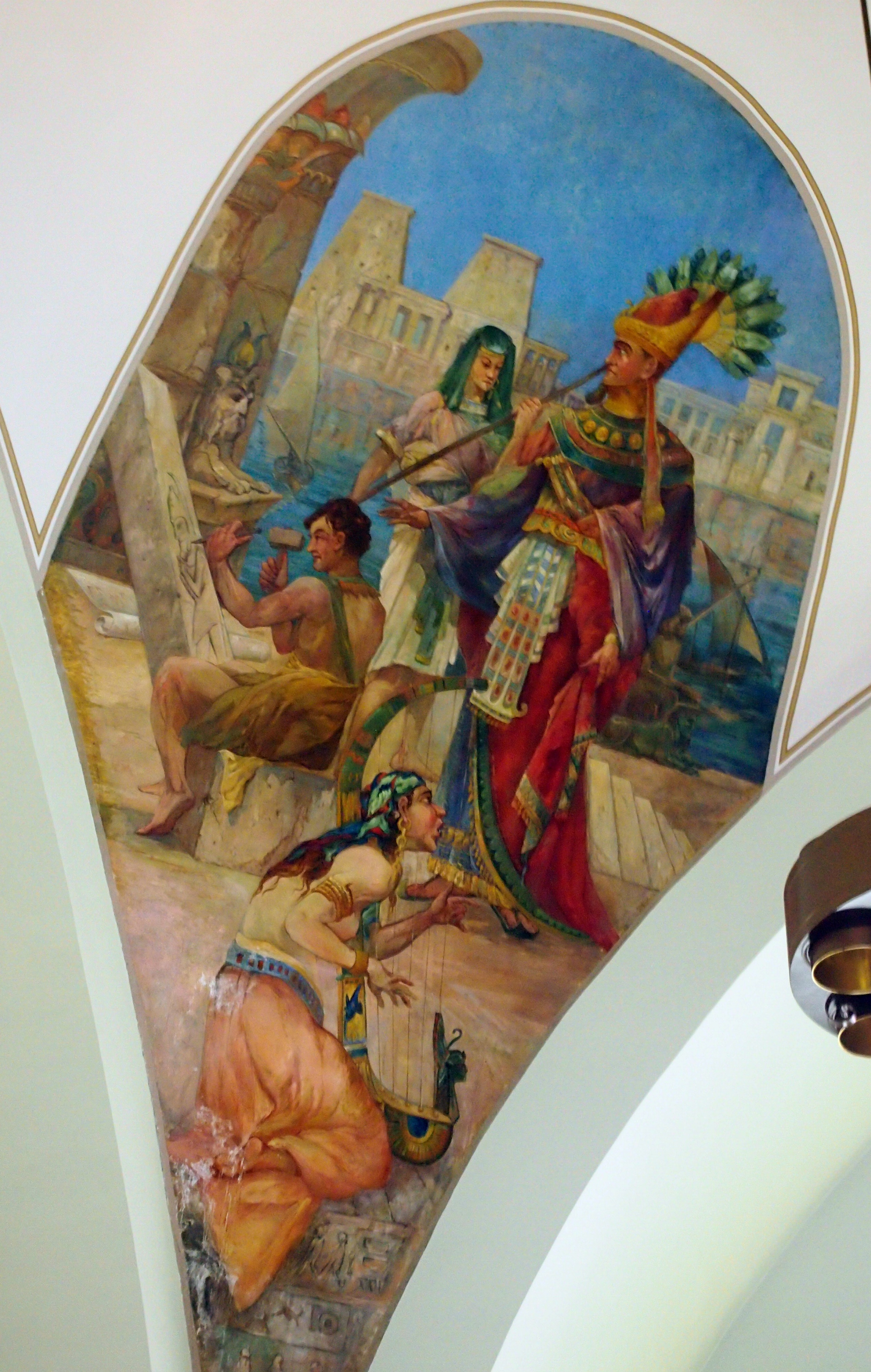 Medieval monks doing their part to preserve the written word.
Medieval monks doing their part to preserve the written word. 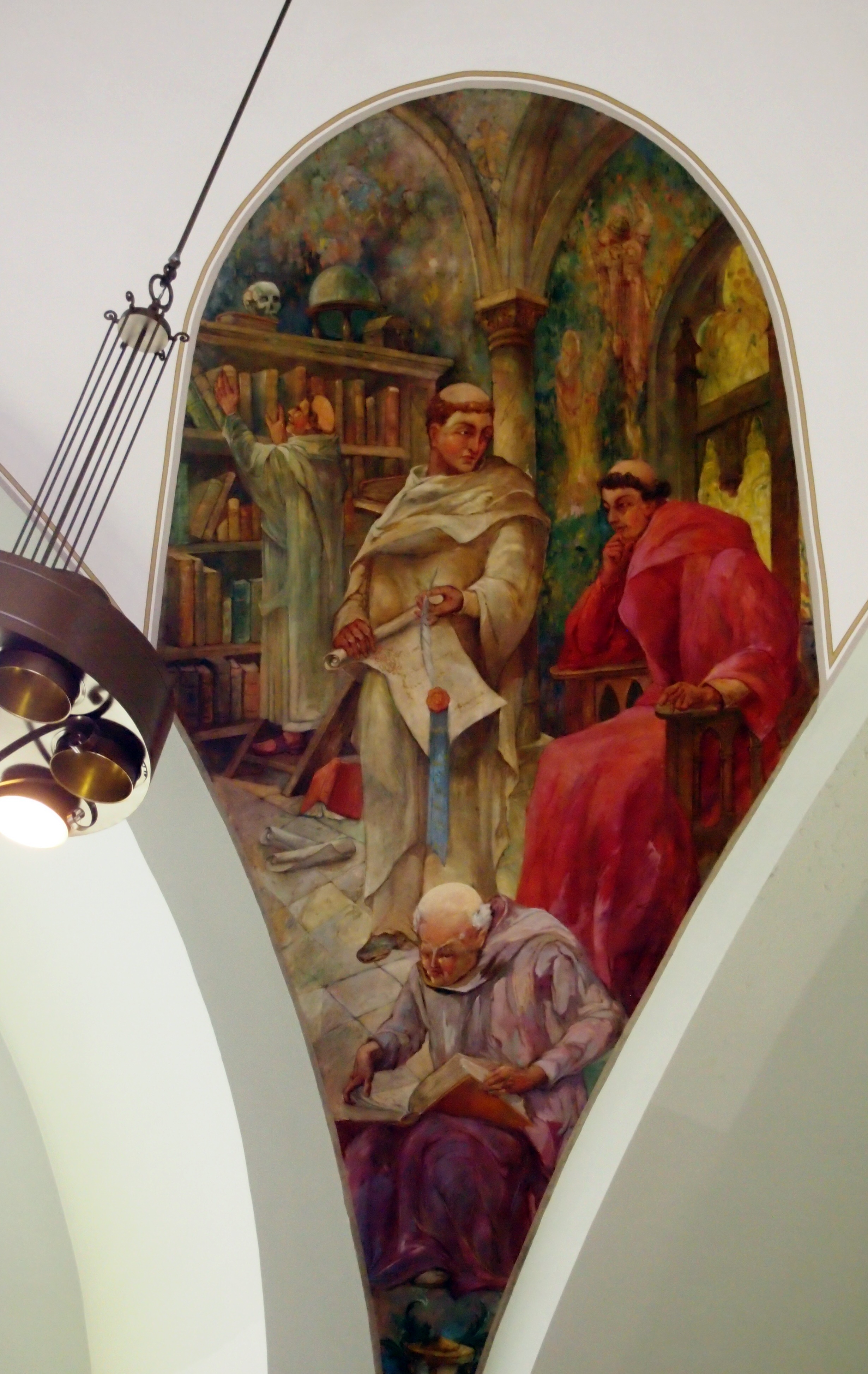 And Gutenberg.
And Gutenberg.
 What I did see at my high school library when I looked up at the ceiling? I don’t remember exactly, but it must have been acoustic ceiling tiles.
What I did see at my high school library when I looked up at the ceiling? I don’t remember exactly, but it must have been acoustic ceiling tiles.
